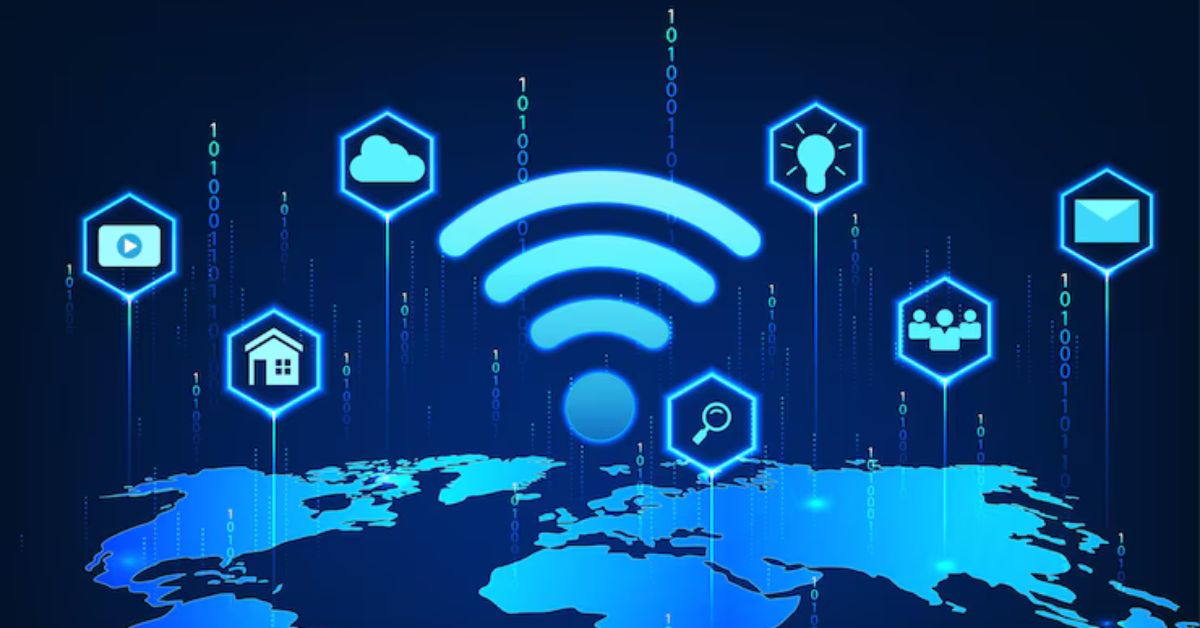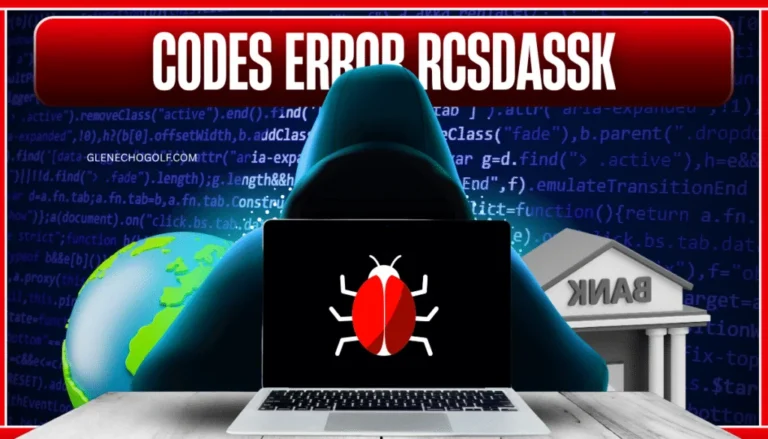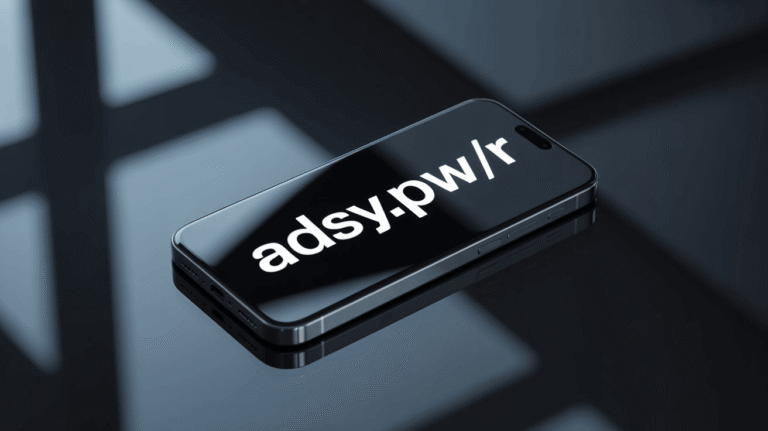264.68.111.161 – What It Is, Why It Matters, and What You Should Know

When we first came across 264.68.111.161, we were curious—was it just another number, or did it mean something more? If you’re here, you’re likely asking the same question. Whether you’re seeing this IP address in your server logs, firewall, or just stumbled upon it during a network scan, you’re probably wondering: What is 264.68.111.161? Is it safe? Is it real? Can it affect my online activity?
Let’s make this clear right away—264.68.111.161 is not a valid IPv4 address, and we’ll explain why. In this article, we’ll break down everything you need to know about this IP, from what an IP address is to how you can protect your network. We’ll also share what we found when we tried to track this IP, how we tested it, and what to do if you come across similar addresses in your data.
Let’s dig into it together.
Understanding What an IP Address Really Is
Before we dive into the 264.68.111.161 issue, let’s first understand what an IP address is. Every device that connects to the internet has an IP address. Think of it like a phone number for your computer or phone. It lets other devices know where to send and receive data.
There are two main types: IPv4 and IPv6. IPv4 is the older version and looks like this: 123.45.67.89. IPv6 is newer and much longer.
In IPv4, each part (called an octet) can only go from 0 to 255. That’s why when we saw 264.68.111.161, it raised a red flag for us. The first number, 264, is too high. It shouldn’t exist in a standard IPv4 format.
So what does that mean?
Is 264.68.111.161 a Real IP Address?
We asked ourselves the same thing—so we started testing. We ran this IP through multiple tools, including DNS lookups, online IP trackers, and reverse IP lookup services. All of them said the same thing: 264.68.111.161 is not valid.
Here’s what we learned from experience:
When an IP has a number higher than 255 in any part, it’s either:
- A mistyped IP, often due to manual input error
- A spoofed IP address, used by attackers to confuse logs or avoid detection
- Or possibly a placeholder or fake IP used in testing environments
So if you’re seeing this IP in your logs or tools, don’t panic—but also, don’t ignore it.
How We Found 264.68.111.161 in the Real World
The first time we noticed 264.68.111.161 was in one of our server logs. It came from what looked like a connection attempt from an unknown source. We were worried at first, thinking we might be under attack.
But after checking its format and running a validation test, we realized it was not a valid IPv4 address. We then looked into our system setup and noticed it came from a third-party script that was likely using placeholder IPs.
It wasn’t a real attack—but it taught us a good lesson. Even fake or wrong IPs can cause confusion.
Can an Invalid IP Like 264.68.111.161 Be Dangerous?
Now here’s the big question we kept asking ourselves: Can something that isn’t even real hurt your network? And the answer is—it depends.
If you’re using security systems, firewalls, or threat detection software, seeing invalid IPs might mean something is off. Maybe someone is:
- Trying to hide their real IP
- Running automated scans
- Testing your defenses
- Using incorrect data
In our case, we decided to update our logs to flag any invalid IPs automatically. This helped us catch other fake entries before they caused confusion.
What Should You Do If You See 264.68.111.161?
So you’re checking your firewall or server logs, and you see 264.68.111.161. What now?
From what we’ve learned, the best steps are:
First, don’t trust it right away. It’s not a real IP, so don’t allow any connections from it.
Next, check your software and scripts. Are any tools you’re using generating placeholder IPs? Fix those, so you don’t misread logs.
Lastly, consider using a log monitoring system that can catch invalid IP formats. This is something we added after our experience, and it’s made things way smoother.
Why Are Fake or Invalid IPs Used?
This is something we were really curious about, and we went down a rabbit hole to learn more. Some reasons include:
- Hiding attacker identity: Hackers may use spoofed or fake IPs
- Buggy scripts: Some systems accidentally generate wrong IPs
- Testing environments: Developers might use fake IPs for sandbox testing
- Ad fraud: Fake traffic sometimes uses non-existent IPs to fake impressions
In our case, we found a broken script that tried to send dummy traffic using 264.68.111.161, likely for load testing. That made us rethink how we set up test environments.
Tips to Protect Your Network From Invalid IPs
After all our digging, testing, and fixing, we decided to set up a few practices to keep our systems safe.
We now:
- Set up automated filters for invalid IP formats
- Train our team to double-check inputs when adding IPs manually
- Use network monitoring tools that spot strange activity
- Review server logs weekly for anything suspicious
These simple steps helped us stay ahead and avoid false alarms.
Final Thoughts on 264.68.111.161 and Why It Still Matters
Even though 264.68.111.161 isn’t a real IP address, it helped us learn a lot about IP management, network safety, and how small errors can lead to big confusion.
We now know the value of keeping logs clean, scripts updated, and being cautious of anything strange that pops up. If you’re managing a website, server, or app—take time to review how your system handles IPs. Trust us, you don’t want invalid data ruining your stats or exposing weak spots.
FAQs
What is 264.68.111.161?
It looks like an IP address, but it’s not valid because 264 is higher than 255. It’s likely a typo or fake.
Can 264.68.111.161 harm my system?
Not directly, but it may signal bad traffic or broken scripts that need fixing.
Why would I see 264.68.111.161 in my logs?
This can happen from testing tools, software bugs, or someone using spoofed IPs.
Should I block 264.68.111.161?
Yes, since it’s not valid, your system should block it or ignore it for safety.
Is 264.68.111.161 a real IP address?
No, because any IP number above 255 is not allowed in IPv4 format.
Conclusion
We’ve spent a lot of time exploring 264.68.111.161, and while it might just look like a set of numbers, it opened the door to a deeper understanding of how IPs work, and why attention to detail matters in tech. For anyone managing websites or networks, small things like this can make a big difference.
If you’re seeing odd IPs like this, don’t stress—just take it as a chance to improve your system. Keep your tools updated, review your logs, and always question anything that seems out of place. That’s what we did, and it helped us create a safer, smarter way to manage traffic.
If this guide helped you out or gave you something useful, we’d love for you to check out more of our tips and stories. We’re always sharing what we’ve learned—because the internet is better when we all help each other out.






